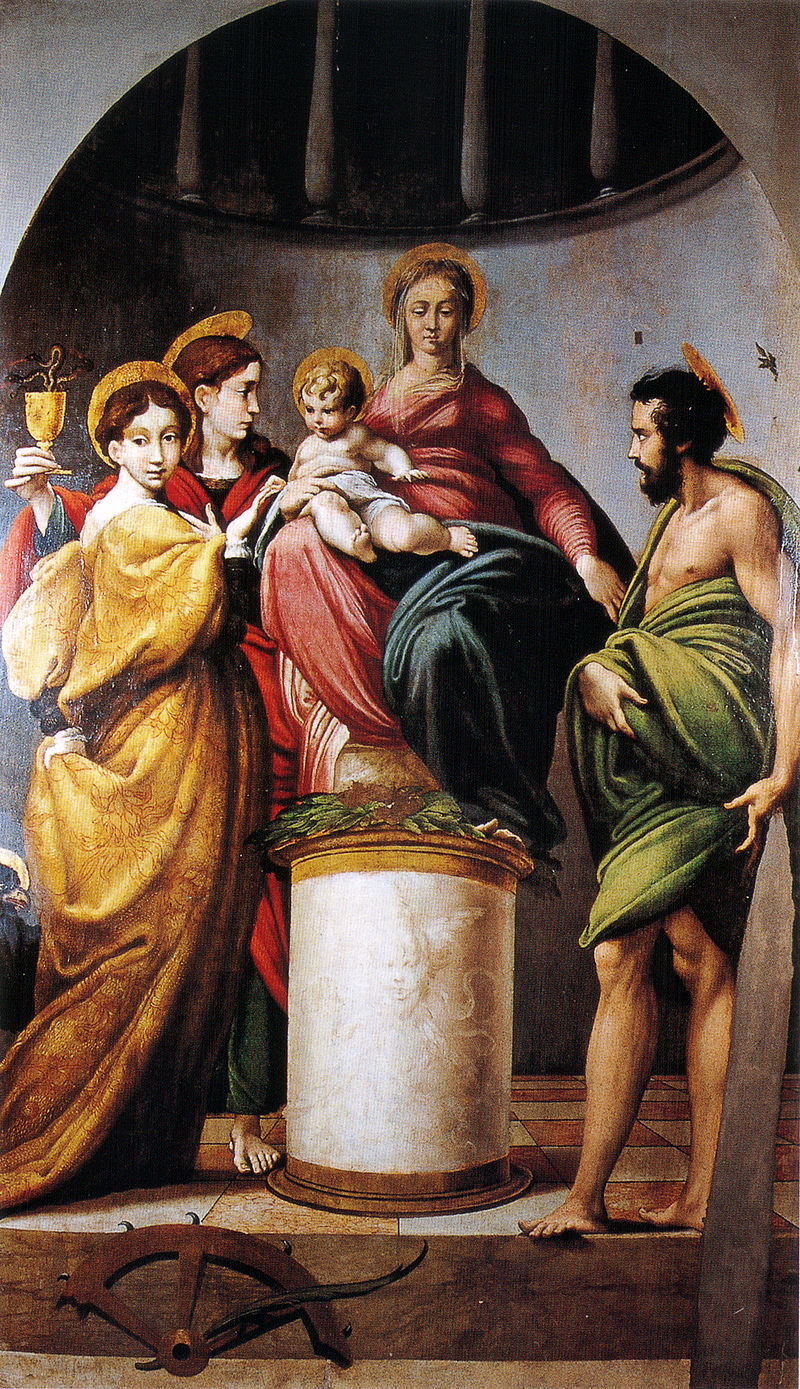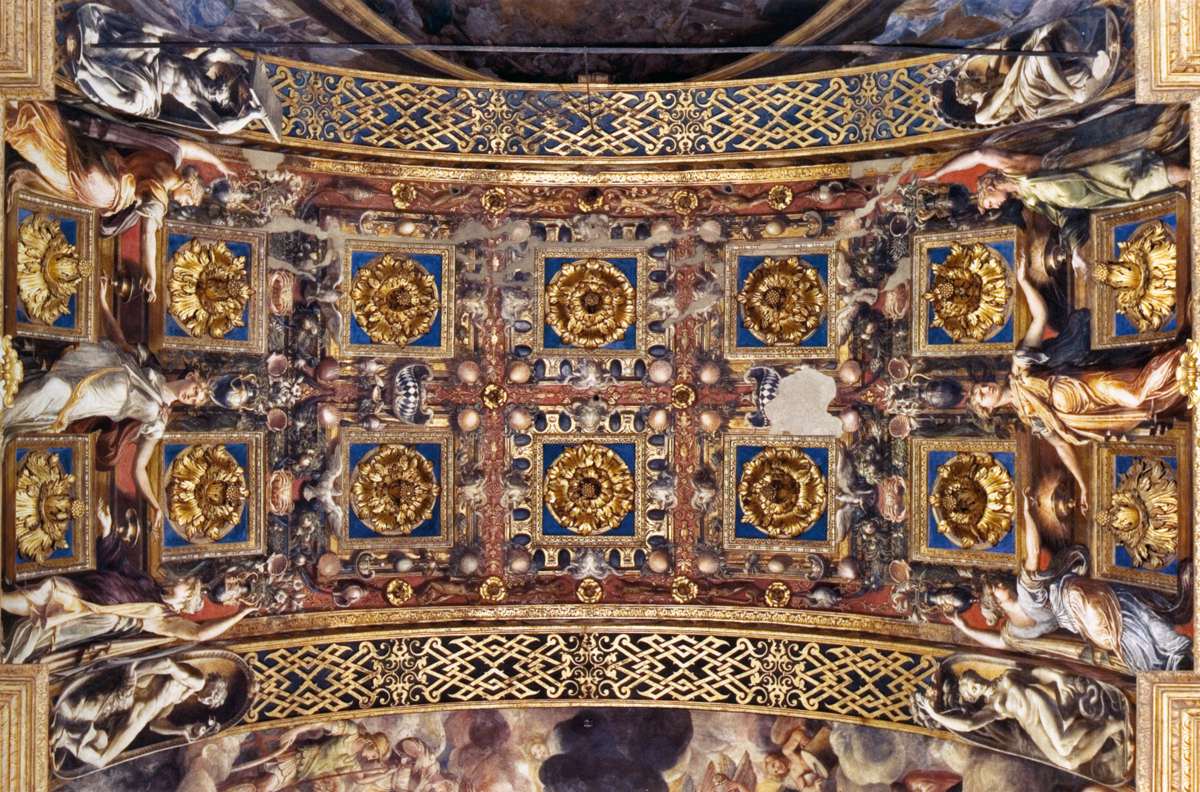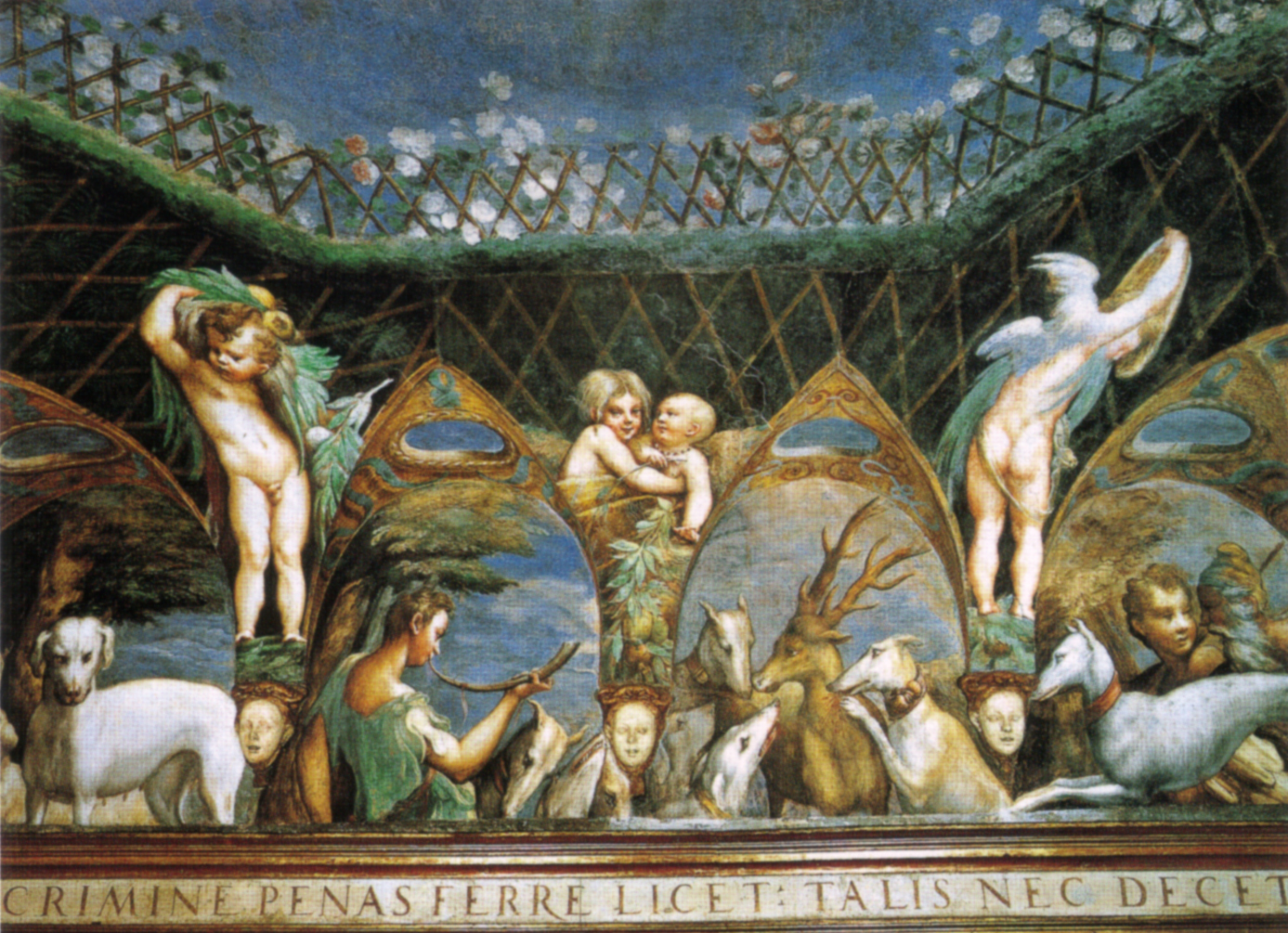5 Famous Artists Who Were Migrants and Other Stories
As long as there have been artists, there have been migrant artists. Like anyone else, they’ve left their homeland and traveled abroad for many...
Catriona Miller 18 December 2024
Girolamo Francesco Maria Mazzola, known as Parmigianino (1503–1540) was a great Italian Mannerist painter and printmaker active in Florence, Rome, Bologna, and his native city of Parma. His work is characterized by a “refined sensuality” and often elongation of forms. Here you will learn 6 essential facts about his life and works!

Parmigianino was raised by his uncles who taught him the techniques of painting. By age 18 he had already completed an independent commission – the Bardi Altarpiece (1521) for the church of Santa Maria at Bardi.

Parmigianino was also an accomplished portraitist who depicted the important people of distinguished circles in Florence, Rome, Bologna, and of course his native Parma.
Fun fact — he made this famous portrait of an anonymous man who looks just like Keanu Reeves!


Self-Portrait in a Convex Mirror was painted in 1524, when Parmigianino was only 21 years old. This intriguing self-portrait was made on a convex wooden panel (24.4 cm diameter, or 9.6 in) to emphasize the distortion of the illusionistic painting. We can read this work as an advertisement of the artist’s painterly talent. It is currently displayed at Kunsthistorisches Museum in Vienna, Austria.

The last years of Parmigianino’s life were tumultuous. First, he was imprisoned for two months for not finishing one of his large commissions. Then, in 1540, he died of a fever in Casalmaggiore, when he was only 37 years old. Rumor has it that the artist’s downfall was accelerated by his fascination with alchemy and magic.
Scholars believe that Parmigianino was the first Italian artist to make etchings and his work significantly influenced the art of printmaking. Although the techniques of printing using copper plates required special skills, the ease with which acid, as a substitute for ink, could reproduce the spontaneity of an artist’s hand attracted the artist. He also designed chiaroscuro woodcuts, and although his output was small, he had a considerable influence on Italian printmaking. Some of his prints were done in collaboration with Giovanni Jacopo Caraglio.
While his portable paintings and prints now belong to collections of major museums around the world, his two largest projects are in Sanctuary of Santa Maria della Steccata in Parma and in a fortress, Rocca Sanvitale, in a small town nearby. Their locations, in conjunction with their lack of large main subjects, has resulted in them being less well known than other works by similar artists. See these monumental fresco projects yourself:



DailyArt Magazine needs your support. Every contribution, however big or small, is very valuable for our future. Thanks to it, we will be able to sustain and grow the Magazine. Thank you for your help!